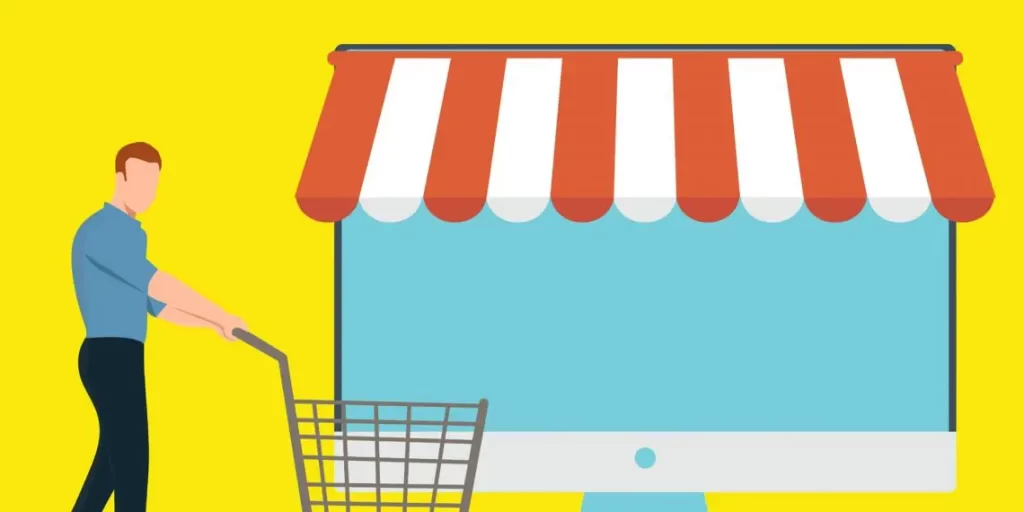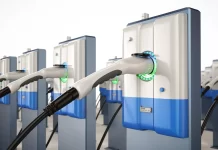
The decline of brick-and-mortar retailers has been a slow and painful death. Nearly 3,200 stores are set to close in the U.S. in 2023 alone, leaving shopping malls as ghost towns. I noticed many more empty storefronts on a recent trip to my local mall. As a payment analyst, I couldn’t help but wonder if payments innovation contributed to the physical store closures.
Credit and debit cards have transformed the way we pay for purchases. As consumers, we no longer need to worry about carrying enough cash, or worse, losing it. We can easily pay for things with cards both in-store and online, anywhere in the world. Card payments also allow retailers to access more customers through e-commerce, reducing the need to rent physical stores.
But retailers have a love-hate relationship with them. Card payments and swipe fees have long been contentious topics for retailers who are responsible for paying these fees. In the U.S., debit cards are subject to fee regulations, but credit cards are not. Merchants are pushing for credit card fee regulations to reduce overhead costs.
Considering swipe fees alone, it does not make sense that a retailer would close their physical doors and merge all their traffic to online storefronts. It’s more expensive in terms of swipe fees! Generally, card-not-present transaction fees are priced higher than card-present transactions, which are considered lower risk. In other words, it’s cheaper for a retailer to accept card payments at the point-of-sale than on their websites.
Consumers also continue to shop in-store. According to the Federal Reserve’s Diary of Consumer Payment Choice, the share of online purchases was only 20% in 2022, meaning 80% of transactions are still being made in-person. We can safely agree that swipe fees are not the sole reason for physical store closures, but payments innovation is still an influencing factor.
Increased Payment Choices
Many new payment options have emerged within the past decade. Since the early 2010s, mobile payments have been all the rage, with most industry analysts creating annual prediction models around the new ways to pay. Apple Pay, Google Pay (formerly Android Pay), and Samsung Pay launched in 2014 and 2015. But as mobile payments emerged, so did the “retail apocalypse,” which ultimately turned into the “Great Retail Apocalypse of 2017,” when nine major retailers filed for bankruptcy and many large retailers’ stocks hit multi-year lows.
Could payments innovation have helped retailers save their physical stores? One brick-and-mortar retailer, Starbucks, successfully capitalized on mobile payments innovation. Starbucks launched its mobile app combining loyalty rewards and payments for in-store purchases in January 2011—and mobile transactions exceeded 26 million within the first year. Starbucks added a mobile ordering feature in 2015, and Mobile Order & Pay accounted for about 20% of Starbucks’ transactions within only five months of going live. Starbucks’ mobile payments app is regarded as one of the most successful loyalty programs. Its massive adoption is the highest any retailer has ever achieved with introducing a new payment method.
What can other retailers learn from Starbucks’ success? Retailers need to keep up with payments innovation and use them as opportunities to improve customer engagement and satisfaction. Starbucks leveraged mobile payments to provide a better customer experience and successfully create the stickiest loyalty program for a growing satisfied, loyal customer base.


























